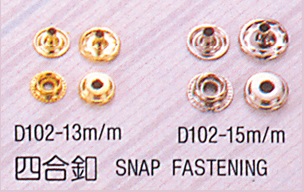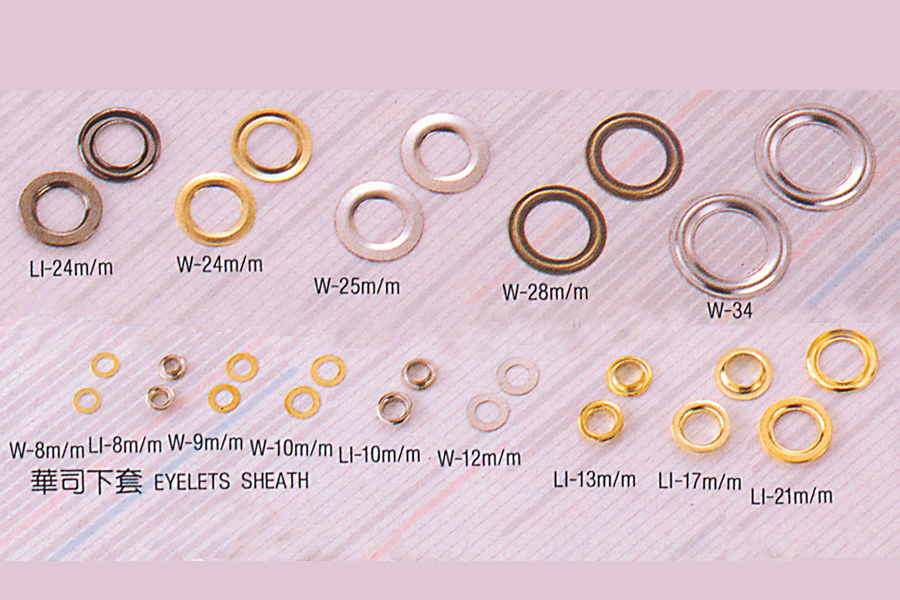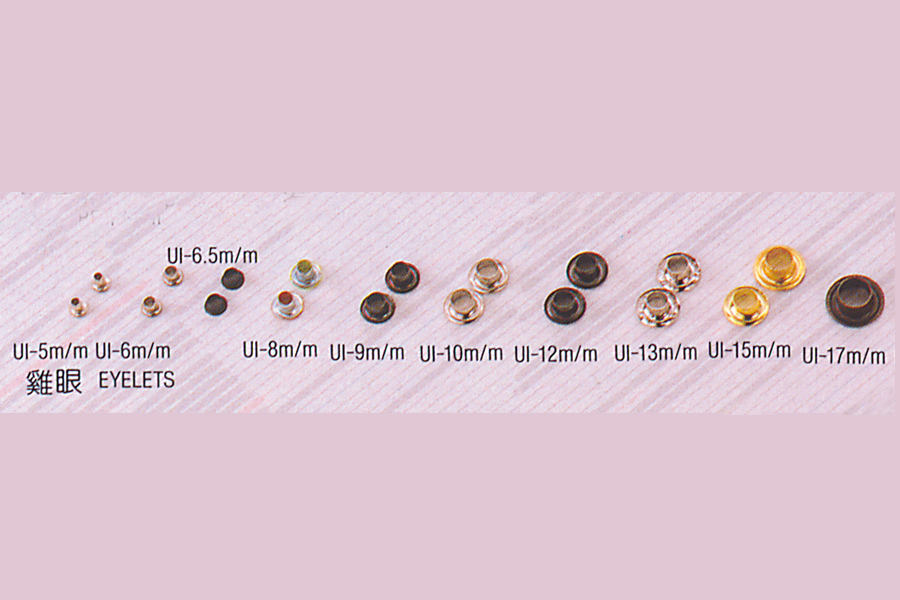Snap fastening
 Snap Fastening: An Essential Component in Modern Fashion and Utility
Snap Fastening: An Essential Component in Modern Fashion and Utility
Snap fasteners, often simply referred to as "snaps," have become a ubiquitous part of modern fashion, utility products, and everyday accessories. From clothing and bags to industrial equipment, snap fasteners provide a convenient, reliable, and durable solution for securing two pieces of material together. The small yet ingenious invention is a hallmark of functionality combined with simplicity, making it an indispensable component in various industries. This article will delve into the history, types, applications, and the future of snap fastening, illustrating why it has maintained such importance in modern design.
A Brief History of Snap Fasteners
The concept of snap fasteners dates back to the 19th century. German inventor Heribert Bauer patented the first snap fastener in 1885, known as the "Federknopf-Verschluss." His design consisted of a male and female part that could be pressed together, forming a secure bond. Initially, these fasteners were used for men's trousers and military uniforms, quickly gaining popularity due to their strength and ease of use.
In the early 20th century, snap fasteners started gaining traction in the fashion industry. They became a popular alternative to buttons, which were more time-consuming to fasten and less secure in some applications. Their use spread to women's clothing, and eventually, they were adopted in children's garments, accessories, and industrial uses.
Types of Snap Fasteners
Snap fasteners come in various designs, materials, and sizes, each tailored to specific needs. The basic design remains consistent, consisting of four components: a cap (the outer part visible on the surface), a socket (which attaches to the cap) , a stud (which mates with the socket), and a post (which holds the stud in place). However, manufacturers have diversified the materials and mechanisms to suit different applications.
Sew-on Snaps: These are the most traditional type of snap fasteners, sewn directly onto fabric. Sew-on snaps are commonly found in clothing, accessories, and home textiles. They are often made of metal or plastic and provide a lightweight, unobtrusive fastening solution.
Prong Snaps: Prong snaps, also known as ring snaps, have small prongs that pierce through the fabric before being bent to secure the snap in place. These are widely used in denim jackets, bags, and outdoor gear due to their strength and durability.
Plastic Snaps: Lightweight and resistant to corrosion, plastic snaps are often used in children's clothing, baby items, and waterproof applications such as raincoats and diaper covers. Plastic snaps come in a wide variety of colors, making them a favorite in fashion design for their aesthetic versatility.
Magnetic Snaps: Though not technically a "snap" in the traditional sense, magnetic snaps provide a similar function with added convenience. These are often used in handbags and wallets, where a secure yet easily accessible closure is needed.
Snap Tape: Snap tape is a pre-assembled series of snaps attached to a strip of fabric, typically used for fast closures in items like duvets, jackets, and bags. This form is particularly popular in mass production, as it speeds up the manufacturing process.
Applications of Snap Fasteners
Snap fasteners have transcended their original use in clothing and found their way into a multitude of industries. Their adaptability, ease of use, and secure fastening make them ideal for a range of applications:
Fashion Industry: Snap fasteners are widely used in garments, especially for jackets, pants, and shirts. Designers appreciate their streamlined look, ease of use, and reliability compared to traditional buttons or zippers. The variety of materials and finishes allows for creative flexibility, ensuring they can be seamlessly integrated into high-fashion pieces or functional outdoor gear.
Baby and Children's Clothing: The ease of snapping and unsnapping is particularly useful in children's clothing, where fast changes are necessary. Plastic snaps are favored for this purpose due to their lightweight and safe design, reducing the risk of injury or discomfort for the wearer.
Outdoor Gear and Sportswear: Snap fasteners are a common feature in outdoor apparel such as raincoats, tents, and sleeping bags. The durable nature of snaps, particularly those made from metal or treated plastic, ensures that they can withstand harsh environmental conditions like rain, snow, and high winds. Prong snaps are often chosen for their strength in these demanding applications.
Bags and Accessories: Snap fasteners are often used in handbags, wallets, and belts, where quick access is essential. Magnetic snaps are particularly popular in this space, as they provide an easy-to-use closure without compromising on security.
Automotive and Industrial Uses: Snap fasteners are also found in automotive upholstery, medical devices, and even aerospace technology. Their abili


